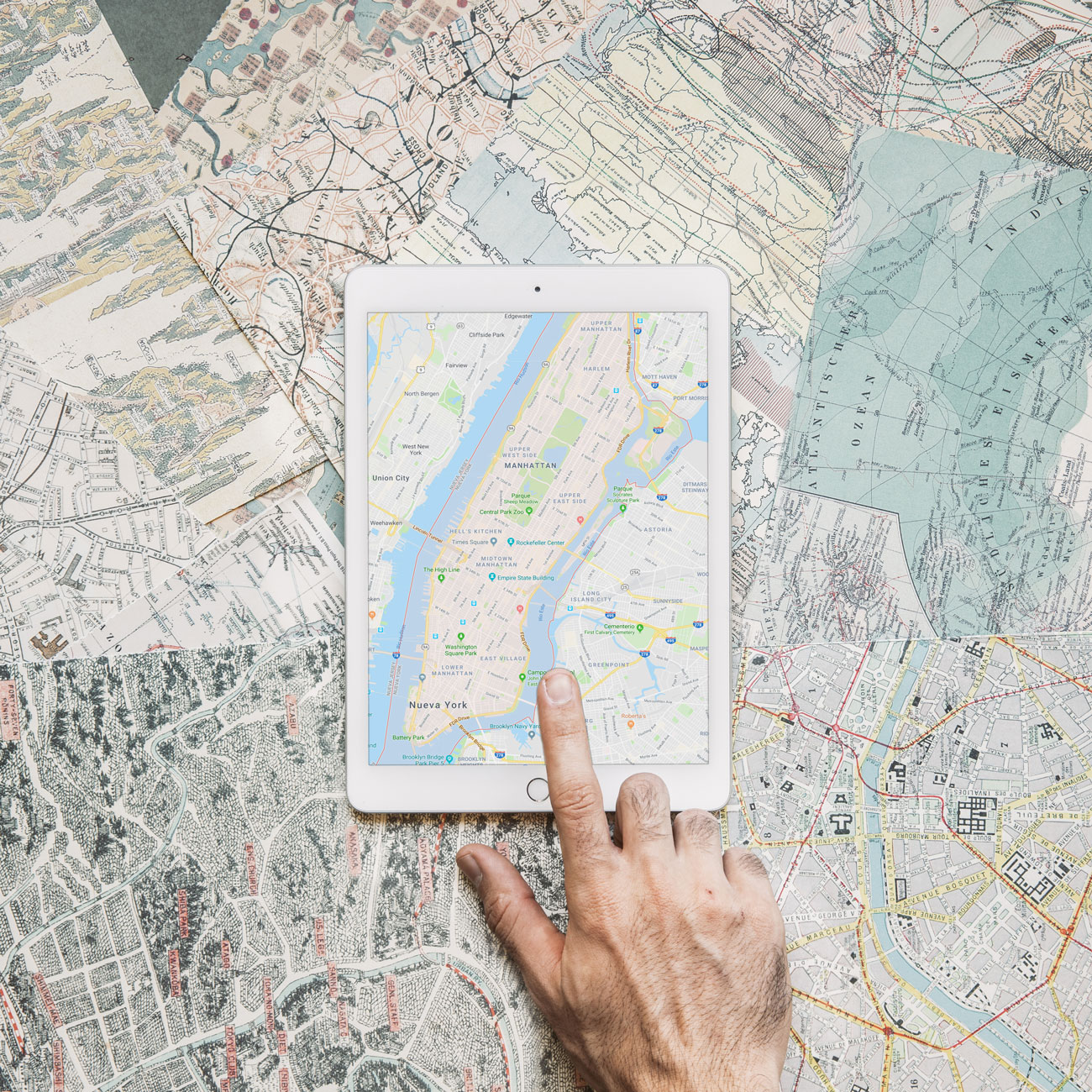Simply put, a Geographic Information System (or GIS, for short) is a computer system that allows to capture, store, check and display data related to positions on Earth’s surface. It also allows to organize layers of information into visualizations and using tridimensional maps.
But GIS has more potential than its definition lets on. From visualizing phenomena to managing events, these systems offer almost endless possibilities to explore our planet —and even other worlds.
Some History
The origins of GIS date back to the 1960’s. In fact, it was in 1963 that Roger Tomlinson developed the Canadian Geographical Information System, coining a term that came to stay and creating the first computerized GIS.
Over the next six decades GIS evolved into the formidable instrument we know today. During the 1980’s the first commercial GIS appeared, and became one of the most useful tools available to solve real-world problems driven by geography.
1. Allows to Forecast and Set Priorities
Since it allows to easily visualize events over space and time, GIS technology is an excellent instrument to understand trends. Once a trend is identified, it can be analyzed and the resulting conclusions can be used to set priorities or recommend actions.
2. Helps Manage and Respond to Events
Not only does GIS helps forecast events, it’s also useful to manage them. GIS can deliver information in real time, which can be extremely valuable in many situations, but particularly during an emergency. Think of a hurricane: GIS can provide data regarding probable damage and even probable track of storms, offering a critical perspective that would be otherwise unavailable for those on the ground.
3. Not Limited to Earth
Although strictly speaking “geography” refers to Earth (“Geo” is Greek for “Earth”,) GIS is also used to study other planets. If fact, these systems have been crucial to the exploration of Mars. First, remote-sensing probes provided geographical and topographic information that allowed rovers to land on Mars. In turn, rovers have sent back images and data that will allow scientists to create more complex and complete representations of Mars.
4. Only the Beginning
As you can see, GIS is already an incredibly powerful instrument. However, its importance will likely increase in the near future, given the key role that the Internet of Things is expected to play in our everyday lives in the years to come. This astounding stream of information will allow scientists to use GIS to forecast events and uncover relations between them in ways that seem unthinkable today.
Our experts at Darnell Technical Services have the knowledge and the drive to help your company unleash all the potential of GIS.
Contact us today by telephone ((714) 285-0082, (702) 945-2899) or through our social media accounts on Facebook, Twitter and LinkedIn and learn more about GIS and all the technical instruments we put at your disposal.








